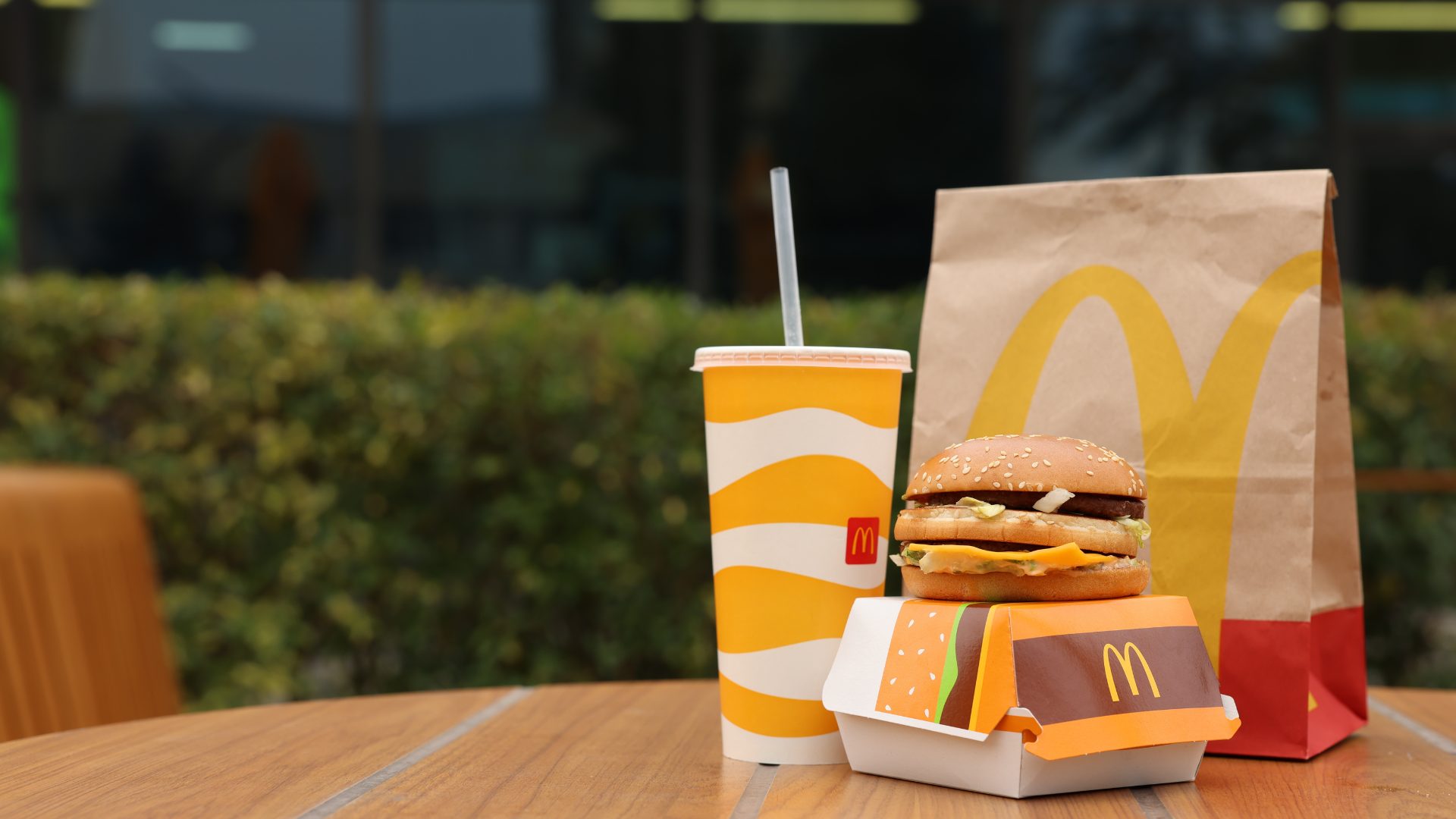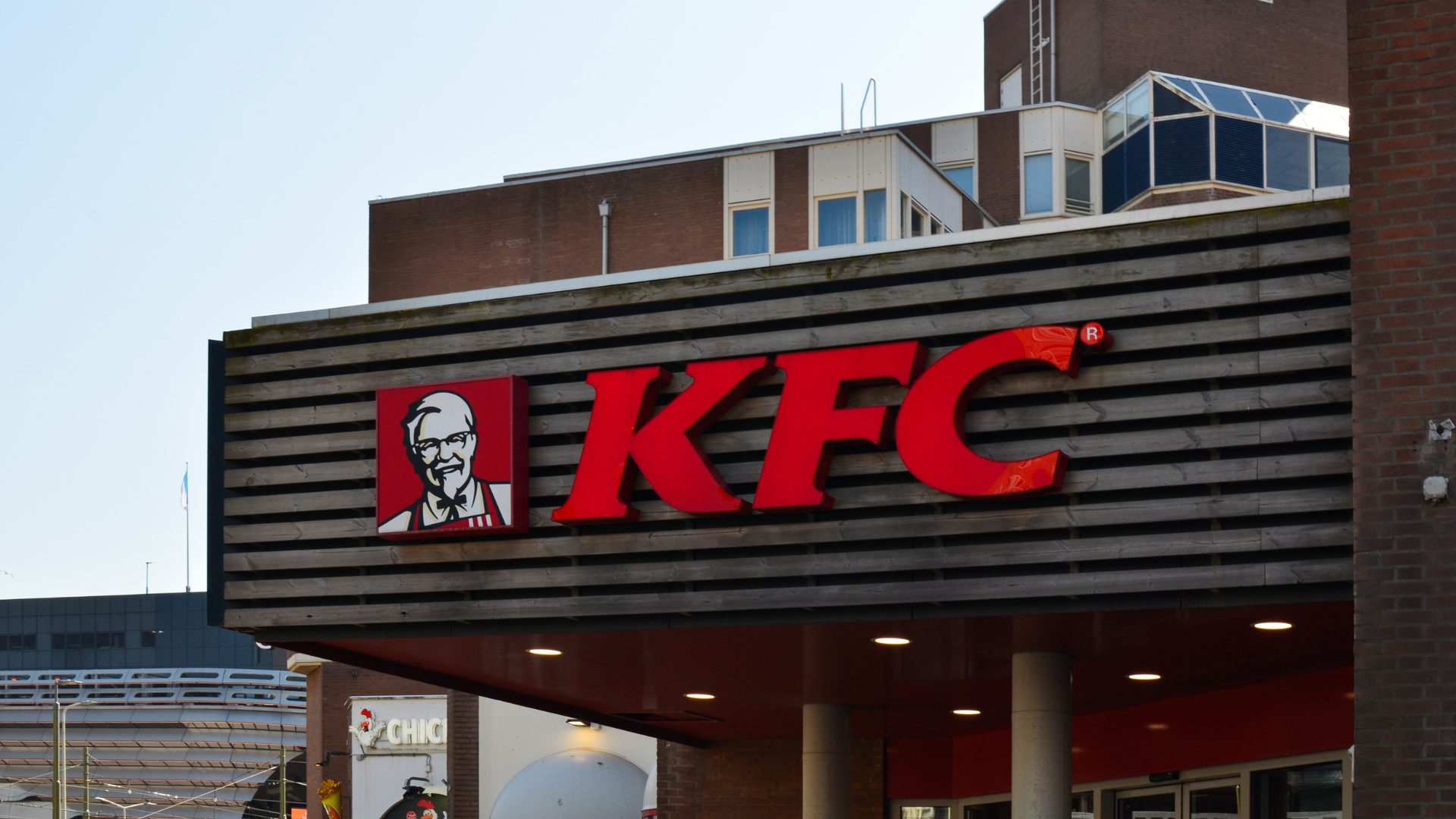Half of all small business owners and nearly three-quarters of restaurateurs fear inflation will drive them out of business this year, the Alignable Small Business Inflation Poll indicates.
“It’s the mom-and-pop diners and the small, family-run restaurants that were, and are running just above cost. Inflation and increasing costs are cutting their already tight margins to the bone, and they’ll be the first to disappear when things really start to bite,” James Watts, CEO of Own The Grill, told The Food Institute.
Bob Vergidis, founder of the multi-restaurant platform pointofsale.cloud, said restaurants that offer limited menus likely would be the most affected.
“For example, the price of wings has soared recently. It’s difficult not to pass those costs to your customers if your restaurant is selling primarily wings,” Vergidis said. “Of course, the answer in those cases is product substitution, but it creates a lot of stress when restaurants have spent a lot of time marketing themselves as one thing and then having to tell customers that they no longer carry that item, or the price has increased significantly.”
Consumer prices are running more than 8% above last year, with away-from-home food prices approaching 11%, the May Consumer Price Index showed. Real disposable income increased just 0.1% in April.
The result is consumers eating at home more.
Higher labor costs, increased costs for wheat, flour, proteins and vegetables all are squeezing restaurant owners. Add in supply chain issues that make some ingredients harder to get and a tight labor market, and you have a situation where staying afloat becomes all but impossible.
“People can’t afford to go out to eat and the wages that restaurants pay aren’t enough to live on, and with no customers, there are no tips,” Watts said. “No one can afford to work in restaurants, and no one can afford to eat in restaurants.”
During the pandemic, government assistance helped some restaurateurs. In April, the National Restaurant Association asked Congress to adopt the Small Business COVID Relief Act of 2022, which included $40 billion for the restaurant revitalization fund, noting restaurant industry growth in the first quarter was the smallest since 2020.
“With the looming threat of another [Covid] variant and growing challenges of inflation for both operators and consumers, the economic boost [the fund] could provide for … 177,000 restaurants would reach far into our communities,” Sean Kennedy, executive vice president of Public Affairs for the National Restaurant Association, said in a press release.
However, the bill, however, died in the Senate May 19, with Republicans balking at Democrat plans to treat the funds as emergency spending. Just 101,000 of the 278,000 restaurants that applied for funding from the original $28.6 billion emergency fund actually received relief.
“By leaving 177,000 without aid, the federal government essentially picked winners and losers, among direct competitors, based on chance, not need,” the NRA said.
“For the longest time, the restaurant success formula had been to keep food costs at 30%, and labor costs at another 30%, leaving 40% on the table for fixed costs and profit,” Vergidis said. “Looking at it from this perspective, it becomes clear where the pressure is, and it leads to some interesting decisions for operators. The choices are re-engineer the menu, use technology to bring down labor costs, and when nothing else will do, increase the cost to the consumer.”
Stay up to date on inflation developments using The Food Institute’s Inflation Central page: Click Here












